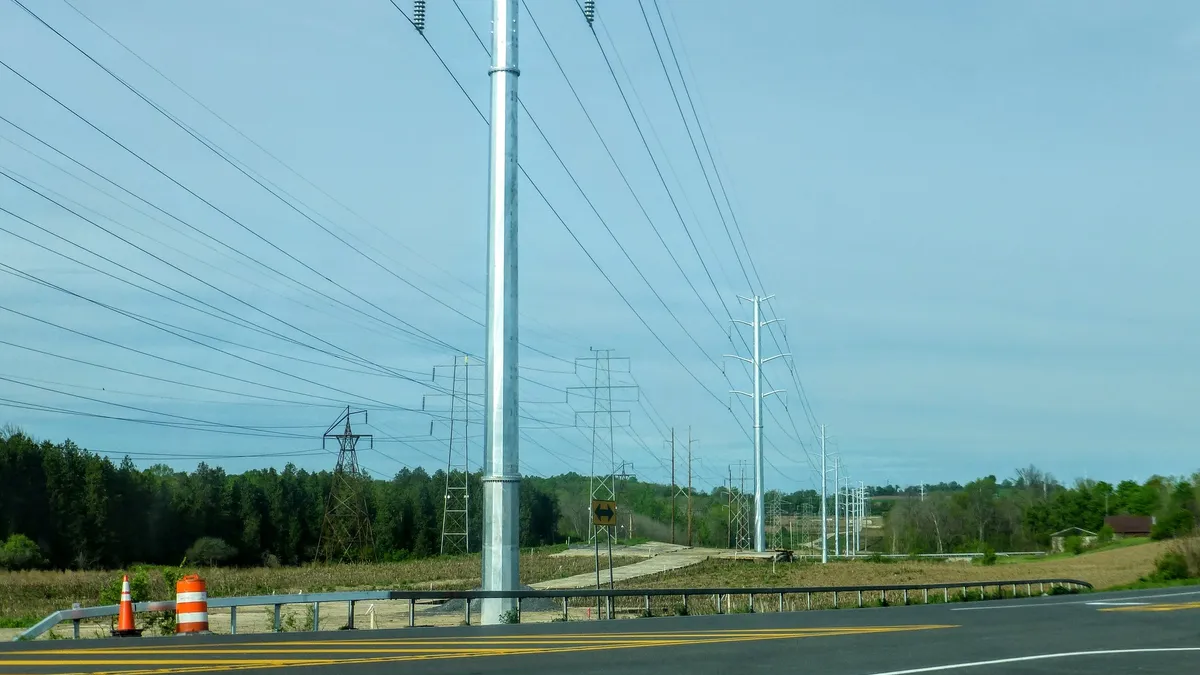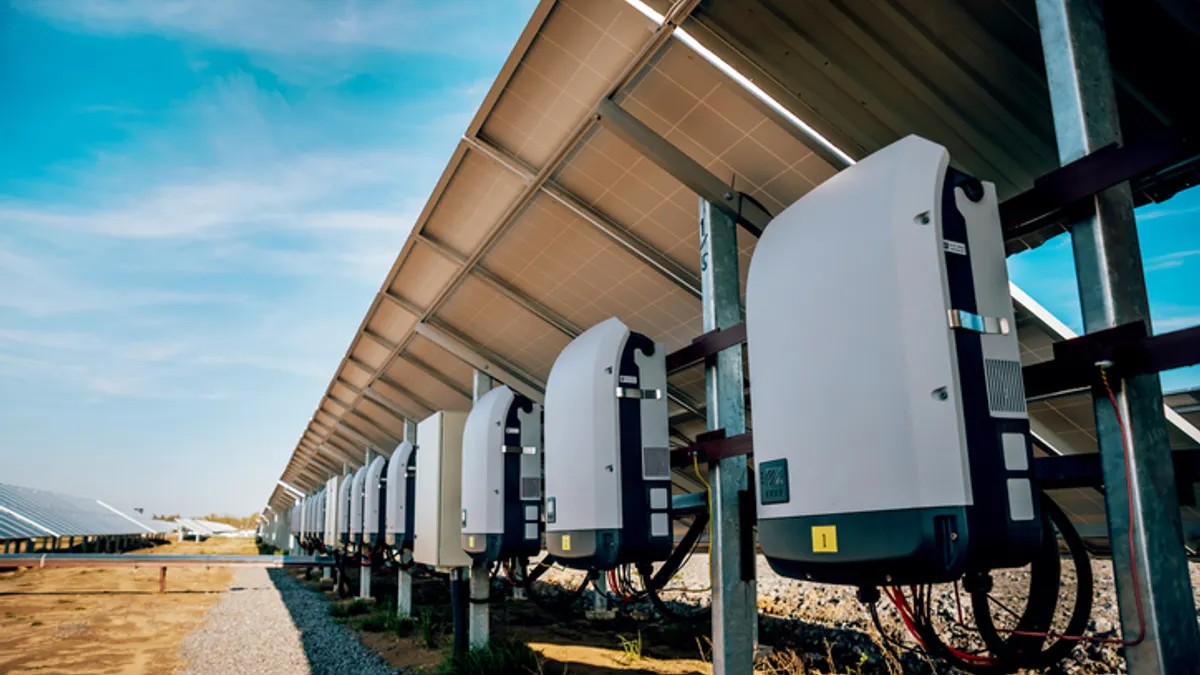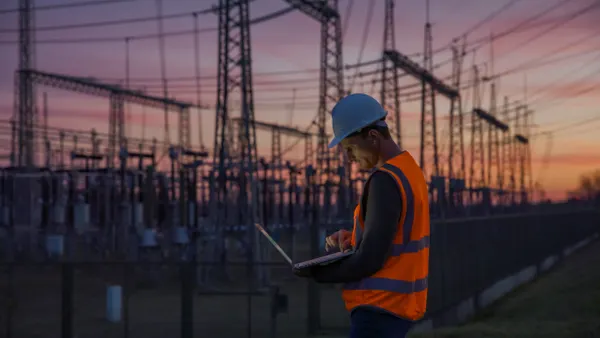Dive Brief:
- The New York Independent System Operator warned Wednesday of narrower margins to maintain power grid reliability over the next 10 years as gas-fired generators are retired and buildings and transportation are increasingly electrified.
- Gavin J. Donohue, president and CEO of the Independent Power Producers of New York, said the assessment is a “red alert to the state of New York that reliability reserves and a comfortable reliability margin are potentially in jeopardy in the very near future.”
- NYISO expects transmission security in New York City to be maintained during the 10-year period, but said margins are very tight and are projected to decline to about 50 MW by 2025. The margin improves with the expected addition in 2026 of the Champlain Hudson Power Express project from the Canadian border to New York City, but still falls to near 100 MW by 2032. CHPE and other projects must stay on schedule, NYISO said.
Dive Insight:
The 92-page assessment, which is conducted every two years and evaluates grid reliability over the following 10 years, found no “immediate reliability need.” But it warned that margins will be even smaller if additional power plants become unavailable or if demand is greater than forecasted.
“We see reliability margins narrowing to concerning levels as early as 2023,” said Zach G. Smith, NYISO’s vice president of system and resource planning. “To meet policy goals and maintain reliability, we need to use the power of markets to mitigate these risks as we bring new resources on the grid.”
Gov. Kathy Hochul, D, announced Wednesday the start of construction of the 339-mile transmission CHPE line that, when operating, will deliver 1,250 megawatts of hydroelectricity, enough to power more than 1 million homes.
Donohue said in an interview Thursday that projects in New York need to be built when promised.
“It’s very rare when any of these infrastructure projects are built on time,” he said.
NYISO said it will continue to rely on emergency assistance from neighboring regions, and without such assistance “there would not be sufficient resources” to meet demand in New York throughout the decade.
Brian Gemmell, chief operating officer for New York Electric at National Grid, with service territory that will include part of the CHPE transmission line, said Thursday that “projects of this nature can have some issues, but that’s part of the risk management that they should have gone through.”
NYISO’s report has led to some “nervousness,” Gemmell said, but he’s confident that rolling blackouts or brown-outs are not imminent.
New York’s electric grid is a summer-peaking system, but is projected to become a winter-peaking system in the mid 2030s, due primarily to electrification of space heating and transportation, NYISO said. The New York statewide grid is expected to be reliable in the winter for the next 10 years, “but will be stressed under gas supply shortage conditions that can occur during cold snaps,” the report said.
The 2019 Climate Leadership and Community Protection Act is expected to lead to significant shifts in the demand and supply sides of the electric grid and “will affect how the power system is currently planned and operated,” the report said.
The expected drop in reliability margins in New York City is due primarily to the planned unavailability of simple cycle combustion turbines to comply with the state Department of Environmental Conservation’s Peaker Rule that cuts emissions from peaking plants on the hottest days of the year.
With increased renewable intermittent generation to reach the climate law’s goal of 70% renewable energy by 2030, at least 17,000 MW of fossil must be retained to continue to reliably serve forecasted demand, the reliability assessment said. Beyond 2030, dispatchable emissions-free resources will be needed to balance intermittent supply with demand.















